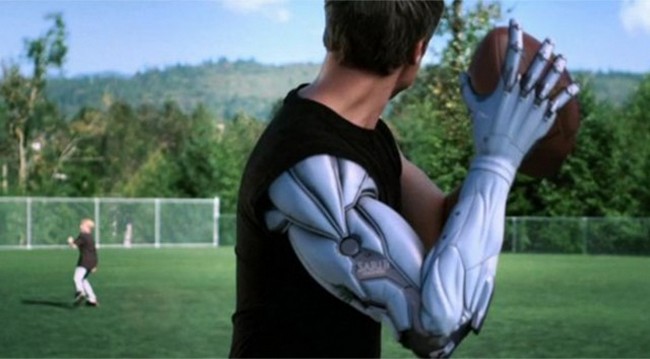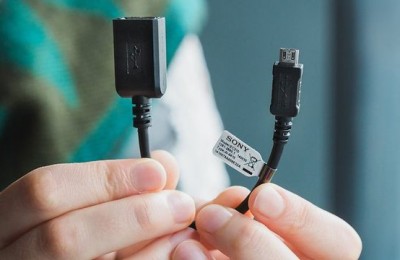A team of researchers from the U.S. Department of Energy Division at National Laboratory Lawrence Berkeley showed small-size automated torsion motor / muscle, made of vanadium dioxide, which, taking into account the size, is a thousand times stronger than human muscle. Artificial micro-muscle allows for only 60 milliseconds to discard objects that are 50 times heavier than its own weight at a distance of five times its length.
“We created a micro-bimorph double helix, the principle of operation is identical powerful torsional muscle. It is driven by thermal or electrothermal at the phase transition of vanadium dioxide, “- said the head of the project Chiung Qiao Wu. – “With a simple project and inorganic materials we were able to achieve excellent specific productivity per unit of power consumption and speed engines and powertrains used presently in integrated microsystems.”
Results of the study were published in the journal Advanced Materials .
Vanadium dioxide enjoys quite popular among researchers in the field of electronics. This inorganic compound is one of the few materials that are used at low temperatures, dielectrics, and at high (in the case of vanadium dioxide 67 degrees above zero Celsius) as guides. It is believed that this phase transition temperature-controlled semiconductor-metal in one day will be the basis of origin of the market of electronic and optical devices of new generation.
But it is not all the benefits of vanadium dioxide. When exposed to high temperatures crystals of vanadium dioxide are reduced in one dimension and expand in the other two, which makes it an ideal candidate for creating microscopic and at the same time multi-functional motors or artificial muscles.
A team of researchers led by Qiao Wu Chiung created micro-muscle on a silicon substrate of a long biomorphic V-shaped belt consisting of vanadium and chromium dioxide. At the time when the tape is separated from the base, it forms a double helix which is connected at both ends with chrome electrode. When heating coil is activated and becomes mikrokatapultu, knocking held object, or in proximity sensor, in which the object is remote monitoring of micro-explosion, a rapid change in resistance and form micro-muscles, due to which there repulsion object.
According to Jung Wu Qiao, several such micro-muscles can create an automated system that simulates the active neuromuscular system. Such devices will be able to remotely detect and act upon it, changing the shape.
Micro muscles of vanadium dioxide showed reversible torsional movement for more than one million cycles without any changes. The speed of rotation was approximately 200 thousand rpm, amplitude – 500-2000 degrees per millimeter in length, and the specific capacity per unit power consumption about 39 kWh / kg.
“The results are much higher than the existing torsion engines, based on electrostatics, magnet, carbon nanotubes or piezoelectrics” – said Wu.
Finally it is worth noting that for heating micro-miniature muscles can use a heating pad or electric current.
Read another very interesting article about alternative energy of the Sun, water and air.






